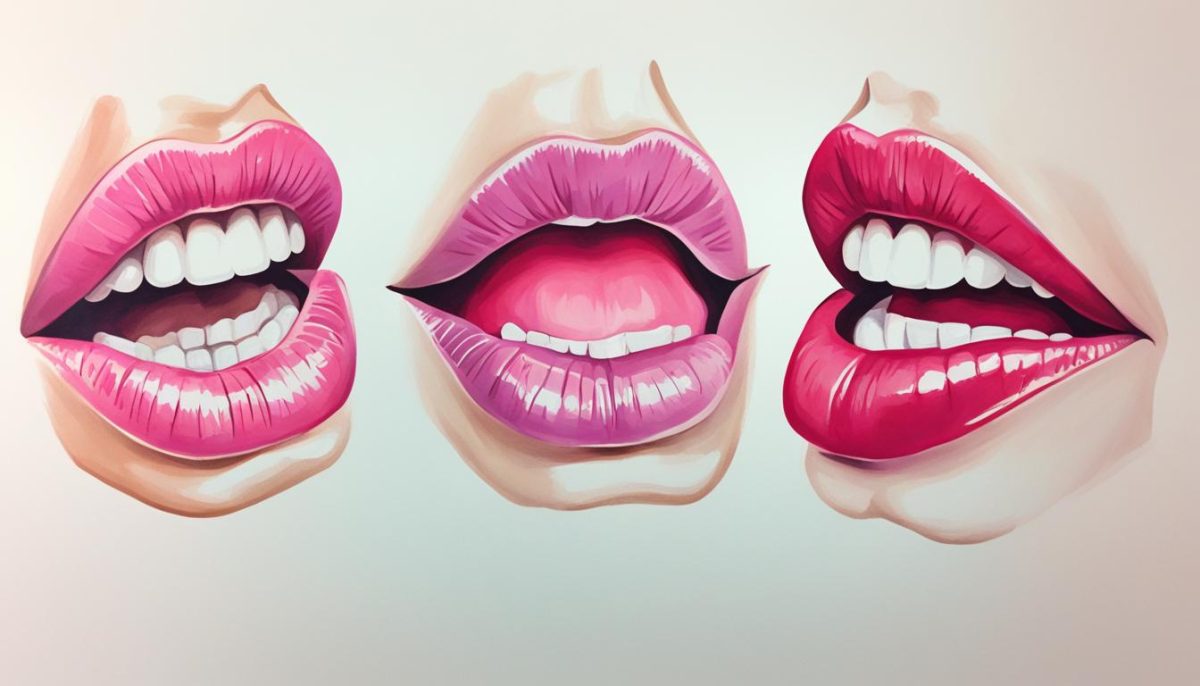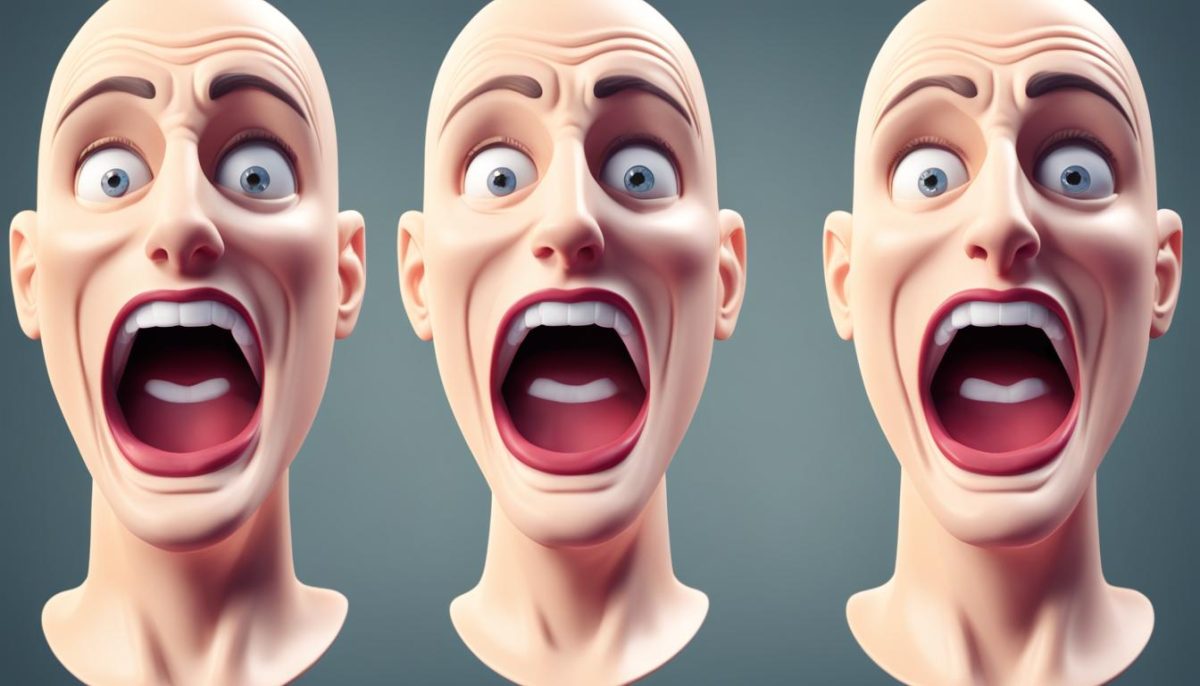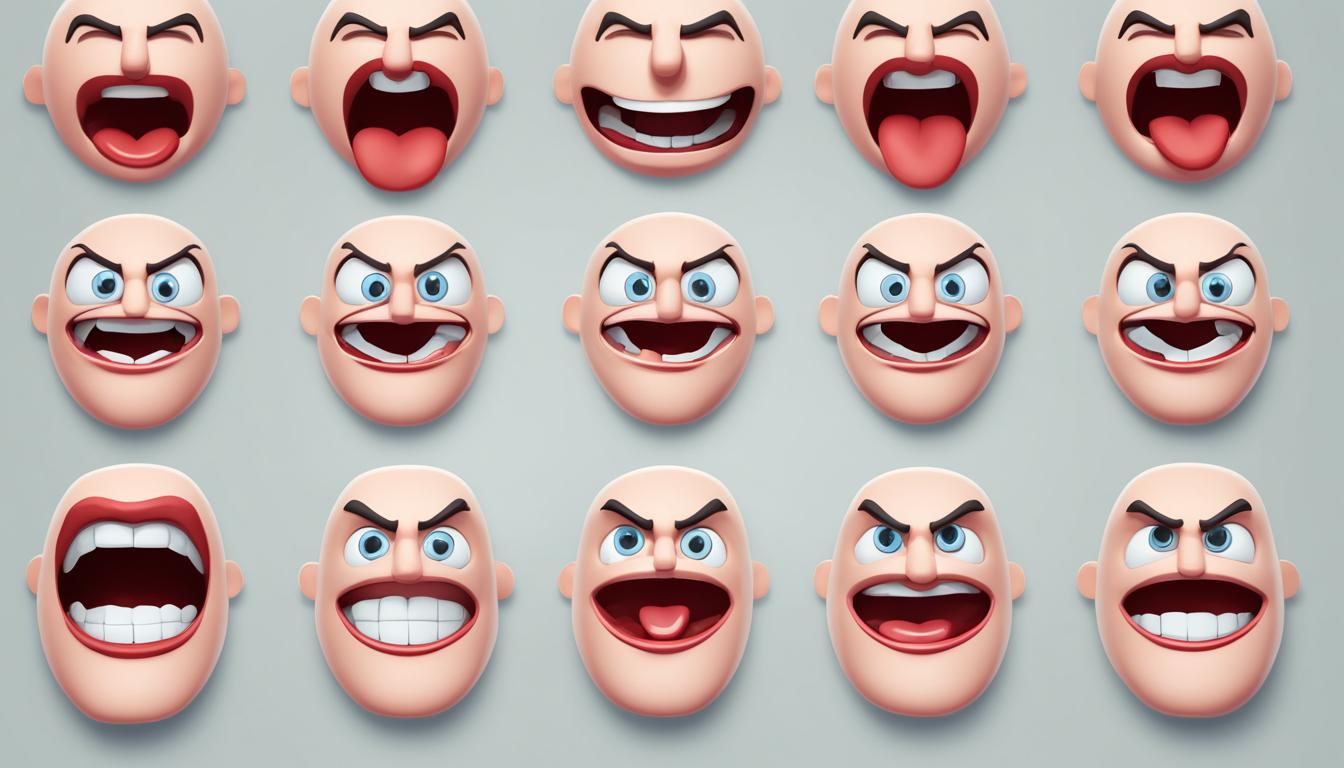How Many Mouth Shapes For Game Animation
Welcome to our guide on mouth shapes for game animation! If you’re a game developer or animator looking to bring your characters to life, understanding the importance of mouth shapes is crucial. By mastering different mouth shapes, you can create realistic and expressive animations that captivate players and enhance their gaming experience.
In this article, we’ll explore the various mouth shapes that are essential for game animation, discuss their role in conveying emotions and speech, and provide practical techniques for implementing them effectively. Whether you’re working on a complex RPG or a casual mobile game, mastering mouth shapes will elevate your character animations to a whole new level.
But first, let’s take a moment to understand why mouth shapes are so crucial in game animation. By using the right mouth shapes, you can effectively portray a wide array of facial expressions, such as joy, anger, surprise, and sadness. These expressions not only add depth to your characters but also help players connect with the virtual world you’ve created.
Throughout this article, we’ll showcase examples and provide expert advice on using key mouth shapes to achieve realistic animation in games. From closed and open mouths to smiling and frowning shapes, we’ll cover it all. Understanding these key shapes will give you the foundation you need to create compelling and believable characters that resonate with your audience.
Ready to dive into the exciting world of mouth shapes for game animation? Let’s get started!
Understanding the Role of Mouth Shapes
In game animation, the role of mouth shapes cannot be overstated. Mouth shapes play a crucial role in bringing characters to life, enhancing their expressiveness, and creating engaging gameplay experiences. Whether it’s conveying emotions, speech, or overall character expressions, the careful implementation of mouth shapes is essential for achieving realistic and immersive animations.
When it comes to expressing emotions, mouth shapes are a primary tool for animators. By manipulating the shape and movement of the mouth, animators can effectively communicate various emotions such as happiness, sadness, anger, surprise, and more. These subtle changes in the mouth shape add depth and realism to a character’s emotional portrayal, enabling players to connect with the game world on a deeper level.
In speech animation, mouth shapes play a critical role in synchronizing the character’s lip movements with the corresponding dialogue or audio. By accurately matching the mouth shapes to the sounds being produced, animators can create convincing lip-syncing effects that make the character’s speech appear natural and seamless. This attention to detail enhances the overall believability of the characters and contributes to the immersive nature of the game.
Moreover, mouth shapes help convey character expressions beyond emotions and speech. For instance, a character’s smile, frown, or smirk can be achieved by manipulating the shape and positioning of the mouth. These expressions provide additional depth to the character’s personality and allow players to interpret the character’s intentions, motivations, and reactions.
“Mouth shapes are like the brushes in an animator’s toolkit. By mastering different mouth shapes, animators can paint intricate emotions and expressions onto their characters, making them come alive.” – Animation expert, Jane Chapman
By understanding the vital role of mouth shapes in game animation, you gain the ability to create compelling animations that captivate players and enhance the overall gaming experience. The deliberate use of mouth shapes allows you to craft characters that feel relatable, authentic, and full of life.
Next, let’s explore the key mouth shapes that are essential for achieving realistic animation in games.
Common Emotions and Corresponding Mouth Shapes
| Emotion | Mouth Shape |
|---|---|
| Happiness | |
| Sadness |  |
| Anger | |
| Surprise |  |
Key Mouth Shapes for Realistic Animation
In the world of game animation, mastering key mouth shapes is crucial for achieving realistic and believable character animations. By understanding and implementing these shapes effectively, you can bring your game characters to life, captivating players and enhancing their gaming experience.
The Importance of Mouth Shapes
Mouth shapes play a vital role in expressing emotions, speech, and character personality in game animations. Each shape conveys a specific phoneme or sound, allowing the character’s dialogue to synchronize seamlessly with the audio. By accurately capturing the movement and shape of the mouth, you can create animations that feel authentic and engaging.
Let’s take a closer look at some of the key mouth shapes that are essential for realistic animation:
- Closed Shape: The closed mouth shape is used when a character is not speaking or expressing any emotions. It serves as the default position for the mouth, providing a neutral and relaxed appearance.
- Open Shape: The open mouth shape is used when a character is speaking, allowing the viewer to see the teeth and tongue movements. It is essential for lip-syncing and conveying clear speech in animations.
- Smiling Shape: The smiling shape adds a sense of happiness and positivity to a character’s expression. It involves the lips curving upwards, showcasing the teeth, and creating a warm and friendly appearance.
- Frowning Shape: The frowning shape conveys sadness, frustration, or anger. It involves the lips pressing together with the corners slightly pulled downwards, creating a downward curve in the mouth.
- Pursed Shape: The pursed shape is used for specific sounds, such as “oo” or “p”. It involves the lips coming together tightly, creating a small opening for precise pronunciation.
Mastering these key mouth shapes allows you to create dynamic and expressive animations that mirror real-life emotions and speech patterns. By combining these shapes with other facial expressions, gestures, and body movements, you can truly bring your game characters to life.
Practical Application: The Art of Lip Syncing
Lip syncing is an essential skill for animators when it comes to achieving realistic mouth movements in game animations. It involves precisely matching the character’s lip movements to the audio, ensuring that the dialogue appears seamless and natural.
Here are some tips for effective lip syncing:
- Study Reference: Watch and study reference videos of real people speaking to observe the various mouth shapes and movements that occur during speech. This will help you understand the subtleties of lip syncing and improve your animation accuracy.
- Use Phoneme Charts: Phoneme charts provide a visual representation of the different mouth shapes corresponding to specific sounds. They serve as a valuable reference tool when creating lip syncing animations.
- Focus on Timing: Pay attention to the timing and rhythm of the dialogue. Syncing the mouth movements accurately with the audio enhances the sense of realism and immersion in the animation.
- Refine and Iterate: Continuously review and refine your lip syncing animations, making adjustments as needed. Iterate through multiple versions to achieve more precise and believable mouth movements.
Incorporating these techniques into your animation workflow will elevate the quality of your game character animations, ensuring that the mouth movements align perfectly with the audio and create a truly immersive experience for players.
| Mouth Shape | Description |
|---|---|
| Closed Shape | Default position for the mouth. Provides a neutral and relaxed appearance. |
| Open Shape | Used when a character is speaking. Allows for clear lip-syncing and visible teeth and tongue movements. |
| Smiling Shape | Conveys happiness and positivity. Lips curve upwards, showcasing teeth and creating a friendly appearance. |
| Frowning Shape | Conveys sadness, frustration, or anger. Lips press together with pulled-down corners, creating a downward curve. |
| Pursed Shape | Used for specific sounds like “oo” or “p”. Lips come together tightly, creating a small opening for precise pronunciation. |
Techniques for Implementing Mouth Shapes in Game Animation
Implementing mouth shapes in game animation requires a combination of technical expertise and artistic understanding. In this final section, we’ll explore some practical techniques that can help you bring your characters’ mouths to life and create more realistic animations for your games.
Lip-syncing is an essential technique for ensuring that your characters’ mouth movements match the audio. By carefully studying the sounds and phonetics of speech, you can determine the appropriate mouth shapes to use for each sound. This attention to detail will result in more accurate synchronization between the visual and auditory elements of your animations.
Timing is another crucial factor in implementing mouth shapes effectively. Pay attention to the rhythm and speed of speech, as well as the pauses in between words. By accurately timing the transitions between mouth shapes, you can create animations that feel natural and fluid.
In addition, it’s important to synchronize the mouth movements with other facial expressions and body language. Emotions and gestures play a significant role in conveying the character’s personality and intentions. By coordinating the movements of the mouth, eyebrows, eyes, and other facial features, you can create animations that are not only technically accurate but also emotionally compelling.
These techniques are just the beginning of how you can implement mouth shapes in game animation. Experiment with different approaches, study real-life reference material, and continue honing your skills to achieve increasingly lifelike and immersive character animations. By mastering the art of implementing mouth shapes, you’ll enhance the overall player experience and bring your game characters one step closer to reality.







